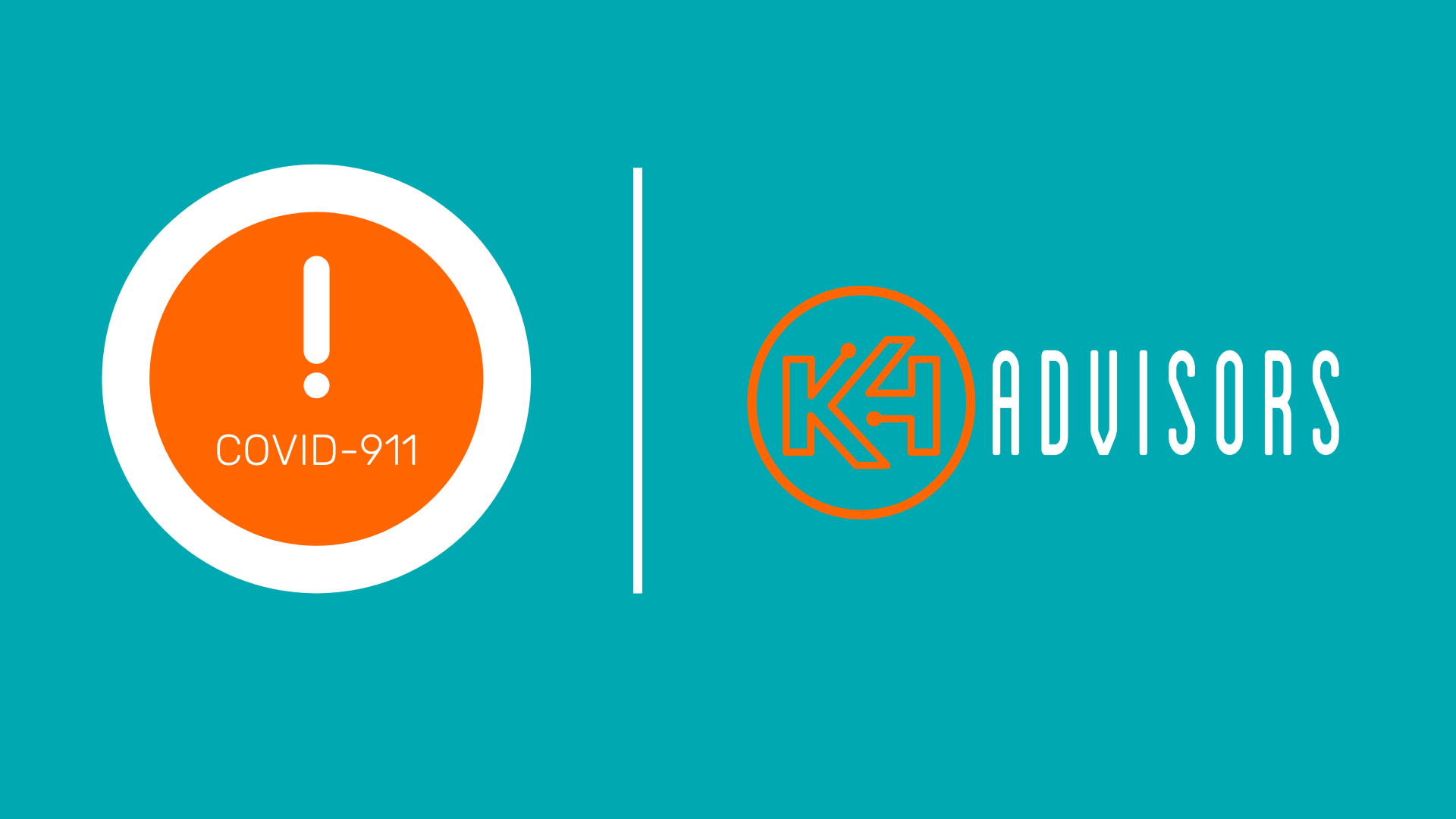“A connected community does take planning, but the end game is worth it, ultimately creating a nearly self-sustaining community ecosystem that works for everyone.”
By: Cindy Phillips | Managing Partner, K4Advisors
August 21, 2020
Yes, and it will happen faster than expected. As the CEO of K4Connect, Scott Moody, recently described it, the “connected community will enable senior living operators to integrate disparate technologies and unite their key stakeholders. It will create new channels for communication, engagement and improved service delivery by linking together everyone from residents, to staff, to family members and even service providers.” These benefits are much closer to reality than ever before, thanks to COVID-19.
Natan Linder wrote in a recent Forbes article that one of the few saving graces during this pandemic has been the existence of mature digital technologies. Staples of daily life right now like video calls, social media, collaboration tools, and shared storage are allowing us to keep working and living under difficult circumstances. Even “the Cloud” was not as prevalent just a decade ago, and without this basic infrastructure the quarantine routines of today would not have been possible. The same is true in senior living, the widespread use and accelerated deployment of digital technologies has brought the realization of a connected community even closer, but we still have a way to go.
The key to keeping our momentum is two-fold. First, we need to close the gaps in any underlying infrastructure gaps revealed during COVID. A sound broadband network is an obvious step, but also some internal or contracted support to sustain it. Most would agree, Wi-Fi is on par today with water and electricity in most households.
Second, but equally as important right now, is to not add to the current disparate architecture of systems that currently exist in most senior living communities. If we are ever to reach the vision of a truly connected community, integration must start now.
For example, as communities pursue a near-term need for visitor management and screening, look for one that integrates with your census data or an already existing resident directory. Otherwise, your staff will have to manage data in both places. Additionally, if you have a resident app (like K4Community Plus), the resident can be automatically notified when their visitor arrives. As visitors sign-in, they could also be automatically entered into your sales and marketing or donor databases to keep them connected to your community. You can see the holistic thinking and planning that goes into a truly connected community.
Consider telehealth, for example – now certainly expected to be a part of any community’s long-term strategy. It’s important that any platform selection incorporates into your existing resident scheduling or calendar tool, somehow ties into a notification or reminder system (like the app mentioned above), and is made easy enough for residents or families to utilize so your staff is not spending their time getting it set up each time. While all these features may not be available at initial implementation, your integration partner should be helping you design it with that in mind.
A connected community does take planning, but the end game is worth it, ultimately creating a nearly self-sustaining community ecosystem that works for everyone. Pick the right solution partners and look for ways to integrate wherever you can. At K4Advisors and K4Connect, we are committed to a future where senior living communities can realize the benefits of technology and be truly connected. Call us if you need help!

